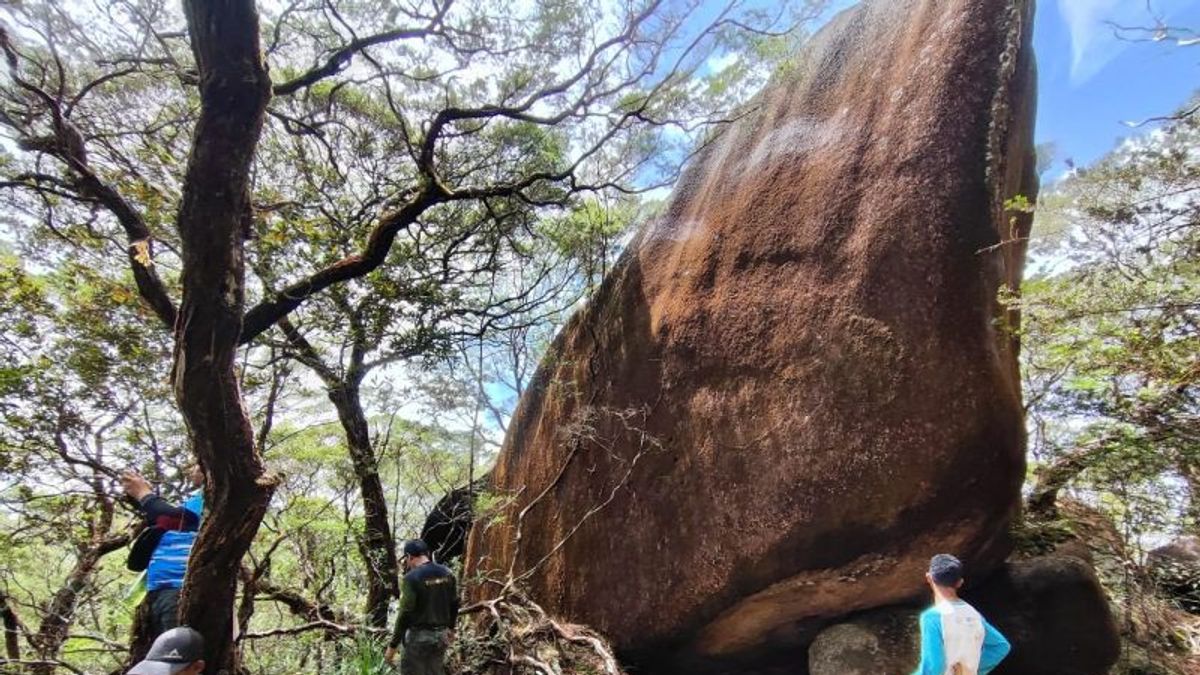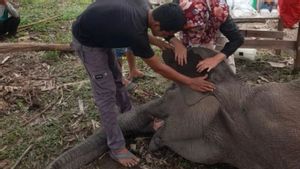KETAPANG - A total of 12 types of forest ecosystems were identified in the conservation area of Gunung Palung National Park (Tanagupa) in Ketapang Regency, West Kalimantan Province (Kalbar).
"Previously, seven forest ecosystems have been identified in Gunung Palung, after being identified and re-verified, there are 12 types of forests in the Gunung Palung National Park," said Head of Balai Tanagupa, Himawan Sasongko, quoted by ANTARA, Friday, May 3.
He said the 12 types of identified ecosystems are coastal ecosystems, mangroves, ripples, alvials, low-luminosity land, low-land coastal/coastals, low-lying areas, shells, freshwater swamps, peat swamps, the lower mountains and the upper mountain ecosystem.
The types of forest ecosystems that have previously been identified in this conservation area are mangrove, ripple, alumvial forests, peat forests, low land, and the upper mountain forest.
According to Himawan, this type of ecosystem identification and verification has been carried out since 2023 by compiling an ecosystem-type indicator table based on the guidelines of the Directorate of Planning for the Conservation Area of the Directorate General of KSDAE and also findings in the field.
The indicator, he continued, was prepared by paying attention to the presence of characterizing plants, the height of the place, location, soil type, and other natural phenomena.
In the process in the field, identification and verification officers have been trained by philanthropic personnel from the ASRI Foundation, Campbell Owen Webb and Tanagupa Forest Ecosystem Control Team (PEH). After identifying and verifying the type of ecosystem in 11 locations, 12 types of forest ecosystems were identified.
SEE ALSO:
Himawan said that the process of identifying and verifying the type of ecosystem in Tanagupa is part of the national park management effort which includes protection, preservation and utilization.
Tanagupa covering an area of 108 thousand hectares stretches across two districts, namely Ketapang and Kayong Utara, which are habitats of a number of protected flora and fauna, including orangutan (Pongo pygmaeus wurmbii) and cannabis (Nasalis larvatus).
The English, Chinese, Japanese, Arabic, and French versions are automatically generated by the AI. So there may still be inaccuracies in translating, please always see Indonesian as our main language. (system supported by DigitalSiber.id)
















